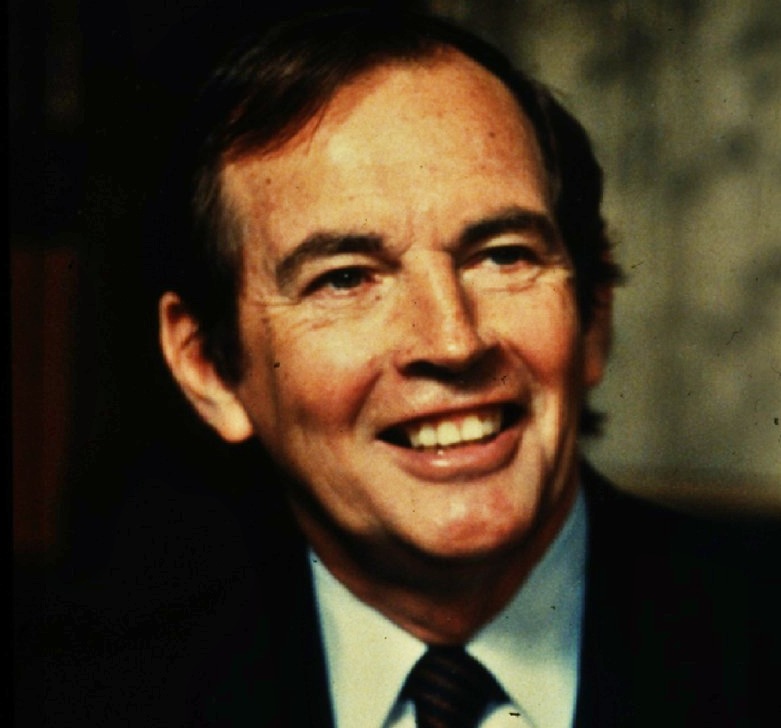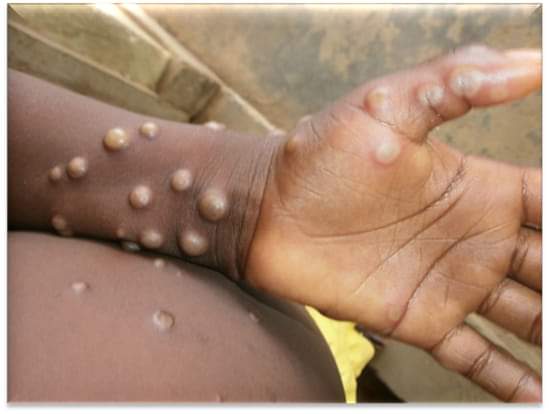CHRISTIAAN BARNARD: The First Surgeon to Perform First Human-to-Human Heart Transplant

Did you know that the first heart transplant in the world was carried out in Africa by Christiaan Barnard, a South African surgeon whose first four patients lived an average of more than 200 days, while his fifth and sixth patient lived for almost 13 years, and for more than 23 years, respectively?
Christiaan Barnard, born November 8th, 1922, in rural town of Beaufort West in South Africa first attended the local high school and then he gained entry to study medicine at the University of Cape Town (UCT), South Africa, where he was financially dependent on two scholarships he had been awarded, and graduated at the end of 1946.
After graduation he married and, because it promised a steady income, accepted an offer to join a general (primary care) practice in a small town about an hour’s drive inland from Cape Town. He resigned his position and returned to the Cape Town area to study for higher surgical examinations.
With a view to moving towards heart transplantation in patients who might benefit from it, Barnard and his younger brother, Marius, who was also a cardiac surgeon at Groote Shuur Hospital, GSH, in Cape Town, began by gaining experience of the operation of orthotopic heart transplantation in dogs... He then took a three-month sabbatical to gain experience in immunosuppressive therapy in patients with kidney transplants in Richmond, Virginia where he also gained more experience of experimental heart transplantation.
With this experience behind him, Barnard returned to GSH and carried out a single successful kidney transplant on a patient who lived for 20 years. Barnard then felt ready to carry out a first heart transplant. He asked the professor of cardiology, Velva (‘Val’) Schrire, a superb clinician, to select a patient who might benefit from the procedure. To avoid misinterpretation by the political critics of South Africa as experimenting on non-white population, both recipient and donor was agreed as Caucasian (white).
Schrire identified Louis Waskansky, a 53-year-old diabetic, who was bedridden in hospital in severe cardiac failure from ischemic heart disease. He readily accepted the opportunity as he knew he had no alternative if he wanted to stay alive. The surgical team then waited for a suitable donor. In the afternoon of Saturday, December 2nd, 1967, Denise Darvall, a 25-year-old woman, was brought to GSH having suffered a severe brain injury as a result of a traffic accident. Within hours, she was certified brain-dead by the hospital neurosurgeons, and her father gave his consent for her heart and kidneys to be used for transplantation.
Both potential recipient and donor were taken to the operating room suite, and the operation took place during the early hours of December 3rd. In that era, the law in South Africa simply stated that a patient was considered dead when he/she was declared dead by a physician. Therefore, Barnard concluded he could use brain death as a criterion for declaring a patient dead. Nevertheless, to be quite sure that he would not be faced by medico-legal problems, he decided he would wait for the heart to stop beating before he removed it. He therefore disconnected the ventilator, and waited until the EKG indicated no cardiac output. This took approximately six minutes.
The chest was then opened quickly by splitting the sternum. The heart was blue and not beating. The surgical team connected the donor to a heart-lung machine, and circulated cold oxygenated blood through her body, with the aim of reducing the metabolism of the heart while it was transplanted. The heart was rapidly cooled to a low temperature, helping to protect it from further ischemic injury during transplantation. The donor heart was excised in such a way that the donor heart-lung machine would continue to perfuse it with cooled oxygenated blood while it was carried into the adjacent recipient operating room. Thus, the heart continued to be protected from injury.
This approach is rarely followed today when a beating donor heart is simply cooled to a very low temperature by perfusing it with a cold preservation solution, then excised, and covered in ice or cold saline. However, the continuous perfusion of the donor heart with oxygenated blood in Mr. Washkansky’s case may have been important as Barnard had allowed the heart to suffer an insult and possible injury while it stopped beating, which is much less commonly allowed today.
Although Barnard and two of his colleagues, including his brother, Marius, had carried out a relatively large number of heart transplants in dogs, Chris’s two major assistants on the day of this first clinical operation had never seen a heart transplant in their lives before – not even in a dog. I found it quite remarkable that the team had not practiced the operation together.
Louis Washkansky’s heart was then removed. The donor heart was quickly sewn in place without difficulty. Once Barnard had completed the transplant, he allowed the blood from the recipient’s heart-lung machine to perfuse through the new heart. By warming the blood as it passed through the heart-lung machine, he also raised the patient’s body temperature back to normal. The surgical team waited for the heart to beat, but for some minutes it refused to do so (although it was fibrillating). Barnard became increasingly worried that the heart muscle had been severely damaged when he had disconnected the donor’s oxygen supply. He electrically defibrillated the heart, and at last it began to contract normally, but only weakly, and would not take over the circulation.
Barnard tried twice to wean the patient from pump-oxygenator support, but the heart was not beating strongly enough to maintain an adequate blood pressure. He allowed more time for the donor heart to gain strength, continuing to keep the patient alive on the heart-lung machine. Steadily the beats became stronger. At the third attempt (to discontinue the heart-lung machine), the blood pressure kept rising... The heart-lung machine could now be switched off, and the chest closed. The operation had been successful. From ‘skin to skin’, it had taken almost 5 h. It was 6.15 a.m. Chris reached across the operating table and shook his chief assistant’s gloved hand.
When he was satisfied the heart was beating well and the patient would recover, Chris left his colleagues to close Mr. Washkansky’s chest. Barnard had not informed either the hospital’s medical superintendent nor the chairman of the department of surgery that he was about to carry out this historic operation, but he now decided he should do so. The hospital superintendent, Dr Jacobus Burger, was surprised to learn of the operation, but pleased that the patient was doing well. The chairman of surgery was equally pleased, but wondered why Barnard had not been in touch with him before he began the operation. “I didn’t think it was necessary,” replied Barnard, suggesting that he did not realize the impact the operation would make worldwide.
However, he must have had some realization that the operation he had just performed was special because he also telephoned an old friend from their medical student days who was a member of the Executive Committee in charge of Hospital and Health Affairs in the Cape Provincial Administration, a political position of some influence. This politician immediately recognized the significance of the transplant, and informed the Administrator of the Cape Province (similar to a State Governor in the USA) who, in turn, telephoned the Prime Minister of South Africa.
The importance of this unique operation to South Africa is evident by the fact that, within about 30 minutes of Barnard leaving the operating room, the Prime Minister of the country had been informed. The politicians had immediately realized its potential impact on the world. It could put South Africa on the medical map. Because of the poor international reputation resulting from the government’s official apartheid policy, the operation was more important for South Africa than it might have been for most other countries. In contrast, Bernard didn't think the transplant was a big deal.
How wrong could he be! Within hours, the hospital received an offer of US$1 million for a photograph of the donor heart being placed into the chest of Mr. Washkansky on the operating table, but, of course, no photographs had been taken. Furthermore, when he left the operating room, Barnard discarded his surgical gloves in the trash can as usual, only to learn a few days later that a newspaper was offering to purchase them for US$25,000.
After the first week, Mr. Washkansky began to feel tired and less well. In retrospect, it is clear that his recovery was impaired by allowing him to have too many visitors and give too many interviews to the media. After approximately 12 days, his condition began to deteriorate, and he developed radiographic infiltrates in the lungs. These were erroneously believed to be a result of a condition David Hume had described as “transplant lung”, a reaction in the lungs in response to rejection in the transplanted organ (that was later disproved).
Influenced from what he had learnt in Richmond, Barnard unfortunately increased the patient’s immunosuppressive therapy until it became clear that the patient had pneumonia. Despite intensive antibiotic treatment, Mr. Washkansky deteriorated rapidly and died in the early hours of Thursday, December 21st, 18 days after the transplant. Ironically, Denise Darval’s heart was the last organ to fail. Exhausted by his efforts to keep his patient alive, Barnard was devastated by this sad outcome. An autopsy was carried out immediately by the professor of pathology, James Thompson. He could find no features of rejection of the heart, and confirmed that death had resulted from pneumonia. By inspecting the suture lines, he ascertained that Barnard had performed the operation faultlessly
Barnard bounced back from his disappointment over the outcome of Mr. Washkansky’s operation, and soon added a second patient to the waiting list for a donor heart. The patient was a retired dental surgeon, Philip Blaiberg, who was in a similar clinical state of terminal cardiac failure as Mr. Washkansky had been. A donor became available on January 2nd, 1968, and the operation proceeded satisfactorily. Dr Blaiburg was discharged from GSH on the 74th post-operative day, and lived a fairly full and active life for almost 19 months, eventually dying from the hitherto unknown condition of graft atherosclerosis (chronic rejection).
Barnard’s third patient, Petrus Smith, lived for 20 months, a month longer than Dr. Blaiberg. Even though Mr. Washkansky had survived for only 18 days, Barnard’s first four patients lived an average of more than 200 days, in great contrast to the majority of other patients operated on at other centers worldwide, who, even if they survived the operation, often died within a few days or weeks. Remarkably, his fifth patient lived for almost 13 years, and his sixth for more than 23 years.
Source: Read the full article here
https://www.ncbi.nlm.nih.gov/pmc/articles/PMC6062759/
#penglobalfactfile #transplant



